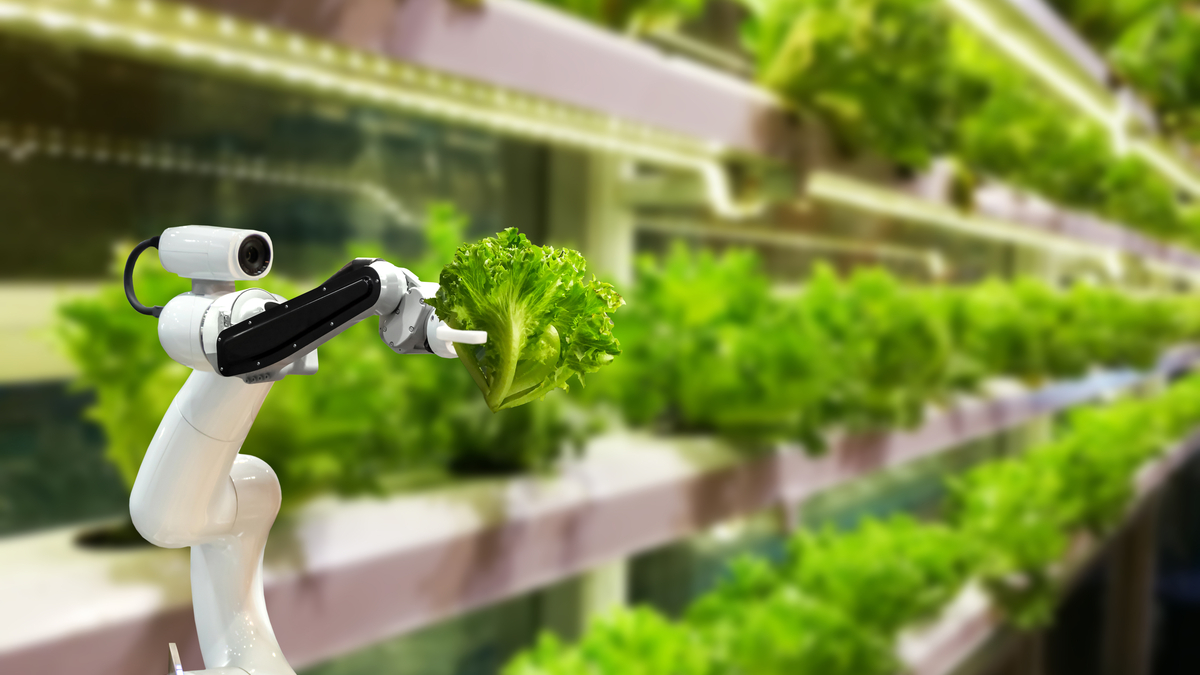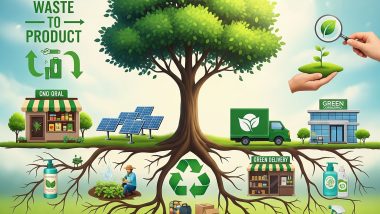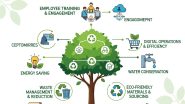India is one of the 15 leading exporters of agricultural products in the world. Agriculture is the backbone of the Indian economy and the primary source of livelihood for around 58% of the population.
Gross Value Added (GVA) by agriculture, fishing, and forestry was estimated at Rs. 19.48 lakh crore (US$ 276.37 billion) in FY20 (PE). Agricultural export from India is around US$ 38.54 billion in FY19 and US$ 35.09 billion in FY20. source https://www.ibef.org/industry/agriculture-india.aspx
India has made steady developments and immense progress towards agriculture post-Independence. However, the country relied heavily on imports and food aids to meet domestic requirements during the mid-1960s. But the severe drought in 1965 and 1966 followed by the Green Revolution convinced India that it could not rely on foreign help. Post that the country reformed its agriculture policy.
The transformation of Indian agriculture began with the Green Revolution, which was followed by the Blue revolution, the White revolution, Yellow and Bio-Technology revolutions. Using modern farming methods of agriculture such as proper irrigation, the better quality of seeds, pesticides, and chemical fertilizers, India became self-sufficient in food grain production.
As time progressed, more technological advancements happened. And today, when the world is tech-enabled, farmers can use high-tech farming equipment and scientific data to improve crop yields.
Here are some examples of high-tech farming methods that can improve farming:
Artificial Intelligence
With Artificial Intelligence entering the hi-tech farming space, the agricultural scene is completely changed. From sowing to favorable weather conditions, type of soil, type of harvest a crop would need to harvesting, and then to post-harvest help, the AI promises informed inputs to the Indian farmers and other stakeholders in the ecosystem.
With schemes like Pradhan Mantri Fasal Bima Yojna (PMFBY), the government is also welcoming the fresh change that will help to reduce the time taken in settling claims of the farmers.
Mobile Applications
Mobile technology`s role is paramount! This innovative technology is playing a vital role in monitoring and controlling crop irrigation systems.
According to the Indian Cellular & Electronics Association (ICEA), India`s total smartphone user base had grown to 50 crores in 2019, and 40% of this user base hailing from rural India.
With smartphone users growing rapidly, it makes sense to marry mobile technology with farming methods for agricultural purposes. E.g. Farmers can control irrigation systems from his phone, rather than a computer.
Drones
For smart Hi-tech farming, the use of Drones can bring accurate information with ease. A drone can provide real-time information related to their crops, dry regions, soil deterioration, and fungal infections in a readable format.
This will enable farmers to take vital decisions regarding irrigation and crop harvesting. Drones can also be used for spraying purposes.
Introducing high-tech farming methods in India is the need of the hour. It is the only way to ensure the progression of this sector. A lot of companies are coming up with data analytic tools, robots, and drones that will completely revolutionize the Agritech business.
Learn more innovative ways to take your business ahead with our expansive online training courses and Problem Solving Courses. Know what works and what not for your business through the industry experts. Click here to know more: https://www.badabusiness.com/psc?ref_code=ArticlesLeads


















